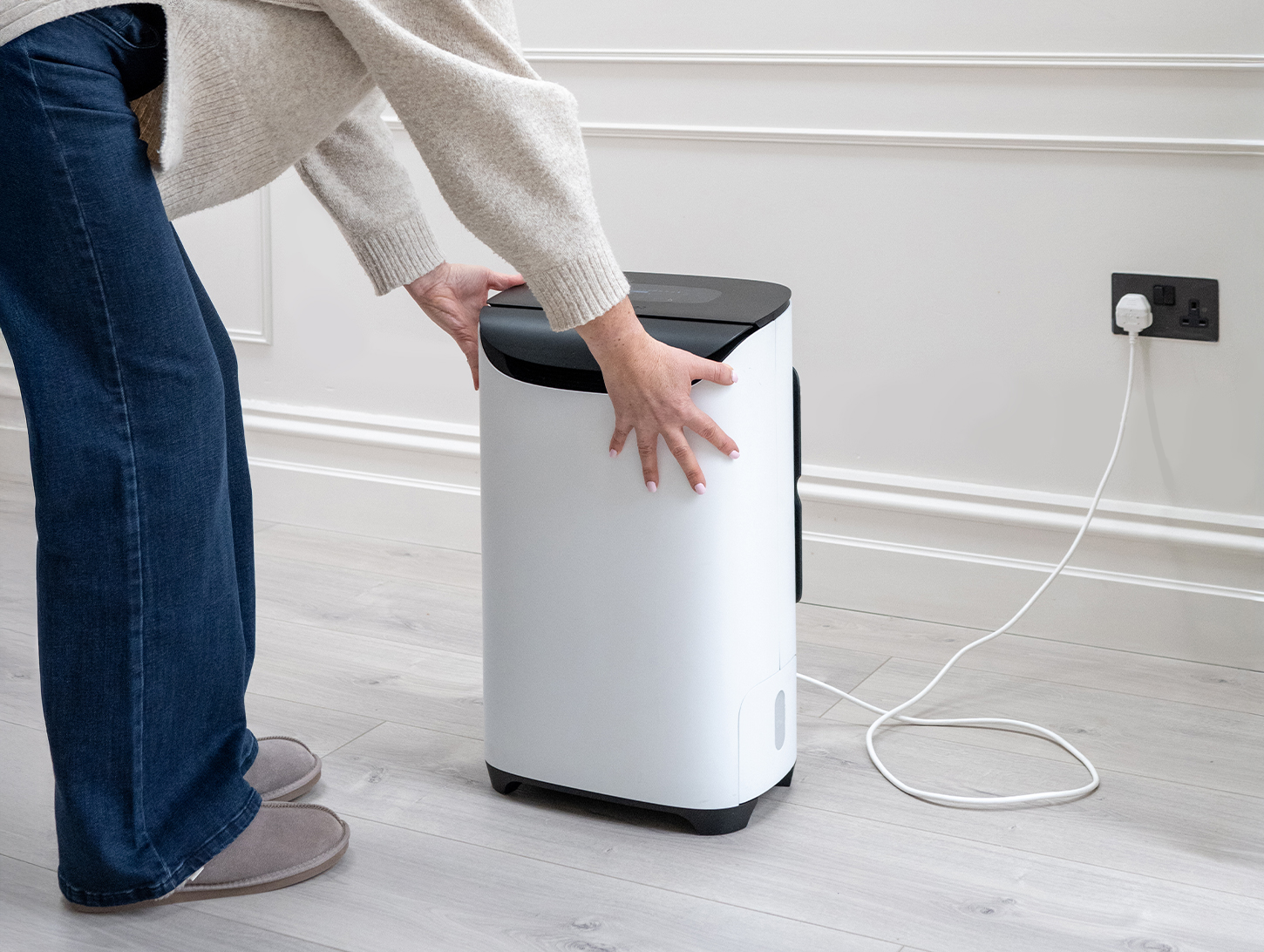One of the advantages of sitting in the main office and taking my turn to answer the telephone is that I get to talk to a lot of customers who have bought or are thinking about buying Meaco dehumidifiers. A recurring theme has been the cost of electricity. There is no doubt that we have all felt the effect of the serial rises in energy prices over the past years and as the economic problems continue energy makes an ever increasing percentage of our monthly outgoings.
So almost every conversation that we have with customers will refer at some stage to the cost of running a dehumidifier. Because low running costs are something we take into account from the design state, we are able to reassure customers that Meaco dehumidifiers are a sensible purchase. That’s because they actually reduce your heating bill and keep overall energy costs down. But this did not stop me from thinking further about how we could reduce the running costs of our dehumidifiers even more. It’s my job to save our customers money and to make a massive statement to say that Meaco really is different from other dehumidifier manufacturers.
Doing more with lower costs
What we have come up with has preserved the accuracy of our dehumidification and the amount that we extract out of the air, while reducing the amount of electricity used by up to 80% in some applications.
In the past Meaco desiccant dehumidifiers, in common with other manufacturers, would run continuously, so when the target relative humidity had been reached they would switch into fan only mode and sample the air waiting for the relative humidity to rise again. This fan only mode would typically use about 30 watts, not a huge amount but an area where I felt a saving could be made.
If you consider the typical applications for a dehumidifier they tend to fall naturally into two areas, in the home and in an unmanned application such as a garage, workshop or boat.

The Meaco DD8L Junior dehumidifier that helped us to start the project that resulted in us reducing the energy consumption of Meaco dehumidifiers.
Using Meaco dehumidifiers effectively
As the weather fluctuates in the UK there is always a few weeks or more each winter whereby the dehumidifier does not collect any water at all because the air temperature externally drops very low and the relative humidity plummets at the same time. So in these cases the dehumidifier could be running 24 hours a day for 21 days or more consuming 30 watts continuously. I know that in our house in these circumstances that we can put a load of washing on a clothes horse and it will dry nicely because the air is dry but the moisture from the clothes is not enough to increase the relative humidity high enough for the dehumidifier to have anything to do.
In a well sealed garage, boat or caravan where the air vents are closed up so that no fresh air can come in from outside then a good desiccant dehumidifier can bring the relative humidity down fairly quickly. As long as the vents or doors are not opened again the relative humidity will stay stable and will not rise again. So once again you could have a situation whereby the dehumidifier will not have anything to do for weeks on end and if the fan runs continuously the electricity bill will be clocking up but no dehumidification will be happening.
Updating our Meaco dehumidifiers for cost-efficient running
The Meaco models that ran continuously were the Meaco DD8L and the Meaco 20L. The development work that we did on the Meaco DD8L Junior in 2011 gave us the opportunity to look again at the control logic behind our dehumidifiers and refine it. We therefore changed the way these models worked and set them so that once the target relative humidity had been reached they would turn off.
This cuts down on noise, energy usage and increases the lifespan of the parts being used. But we want our dehumidifiers to dehumidify with some accuracy and the danger of switching off completely is that the moisture in the air is just sucked up by the organic material within the space. So after conducting various tests we decided that 30 minutes was the correct interval for the dehumidifier to turn itself back on and sample the air for 5 minutes to check the relative humidity and then either dehumidify again or go back to sleep as required. So in a well sealed space or a house where the relative humidity has dropped the fan would only run for 10 minutes per hour instead of the previous 60 minutes that we used to use and our competitors still do use.
This has made a massive difference to the energy usage of the dehumidifiers without sacrificing the quality of the dehumidification process and has the bonus of increasing the lifespan of the dehumidifiers so that we now offer an optional 5 year warranty.
In my opinion this is yet another reason why Meaco dehumidifiers are different – and it all comes from listening to our customers.
Products featured: Meaco DD8L Junior, Meaco dehumidifiers







2 responses
Hi Chris, Was wondering why you don’t make this model any more and another company does?DD122FW-SIMPLE Desiccant Dehumidifier MK2. I am going to buy a dehumidifier and was thinking about a desiccant one, the above model keeps coming up on google as one of the best. I’ve looked at your video on the DD8L. I just can’t decide! Please can you advise.
Many thanks.
Alison,
The DD8L is our flag ship desiccant dehumidifier and we are very proud of the awards that it has won and the thousands of positive reviews that it has received. We have devoted all our resources into the DD8L over the past two years and we are very happy with where this development has taken us and the quality of the finished product. The energy saving feature that reduces electricity usage by up to 80% has also made this popular with customers.
Hope this helps.
Chris